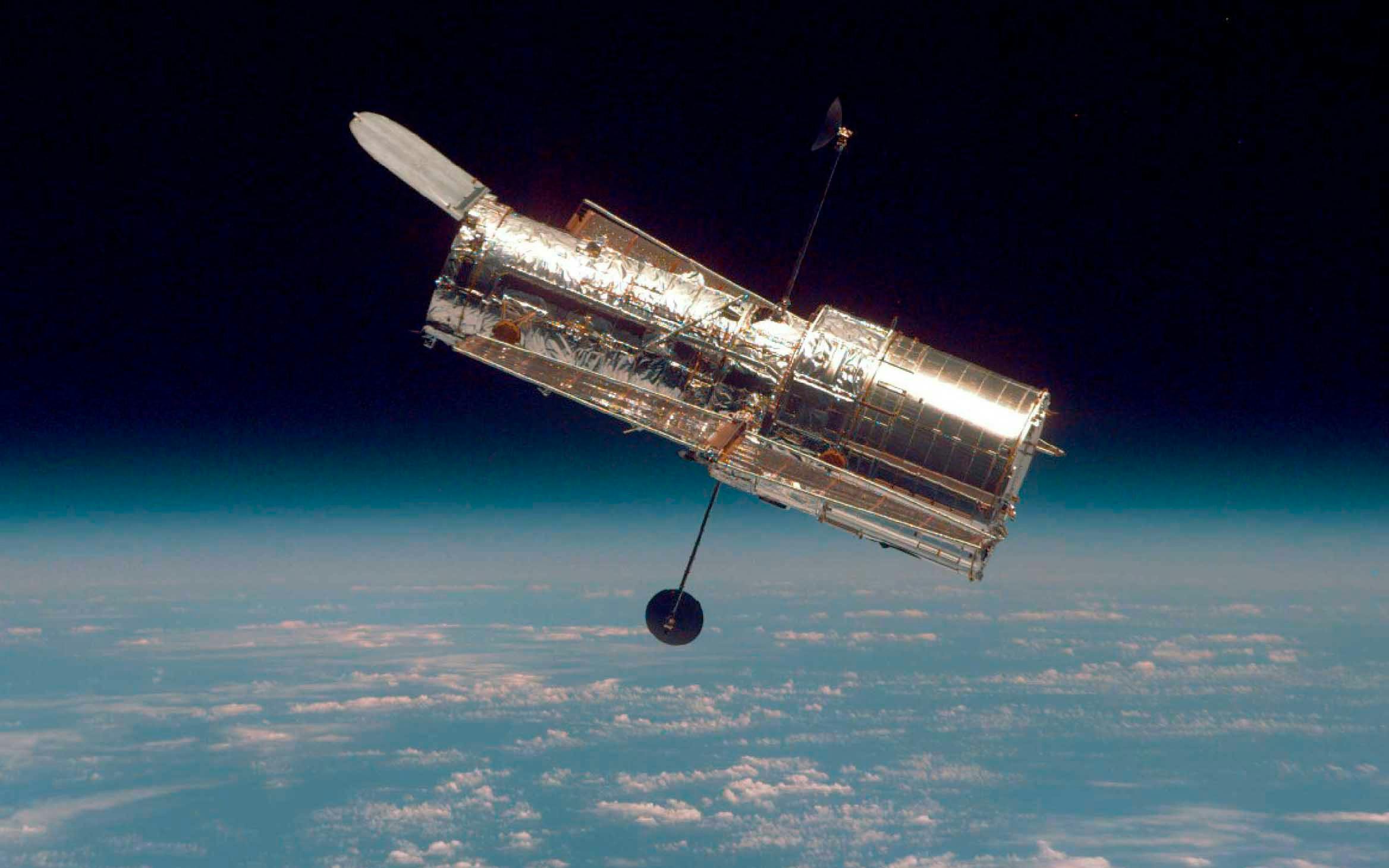Hackernoon
1M
245

Image Credit: Hackernoon
How NASA Engineers Extended the Life of the Hubble Telescope: a Story of Successful Modernizations
- NASA engineers designed the Hubble Space Telescope for easy servicing and repairs in space, extending its life through five shuttle missions from 1993 to 2009.
- The telescope's major components include its optics, batteries, antennas, pointing control system, jet wheels, gyroscopes, precision pointing sensors, solar sensors, and scientific instruments.
- Hubble's planned 15-year lifetime was extended to nearly 35 years through regular maintenance missions that replaced components like solar panels, gyroscopes, and cameras.
- The observatory's successful modernizations included the installation of new instruments like the Wide Field Camera 3 and the Cosmic Origins Spectrograph, enhancing its scientific capabilities.
- Special tools like the Pistol Grip Tool and Mini Power Tool were developed to aid astronauts in conducting repairs and upgrades during spacewalks.
- Astronaut training for Hubble maintenance missions included simulations and practice in neutral buoyancy simulators to prepare for the challenges of working in space.
- Hubble has made significant discoveries, such as confirming the expansion of the universe and detecting the most distant star, while contributing to various fields including medicine and endangered species monitoring.
- As Hubble enters its later years, it continues to operate with one gyroscope in reserve, with engineers anticipating its operations to extend into the 2030s.
- NASA plans to safely end the Hubble mission by organizing a controlled descent to ensure the telescope's debris falls in a predetermined location, eliminating any threat to humans.
- Despite encountering technical malfunctions and system failures, Hubble remains operational, conducting scientific research and contributing to our understanding of the universe.
Read Full Article
14 Likes
For uninterrupted reading, download the app